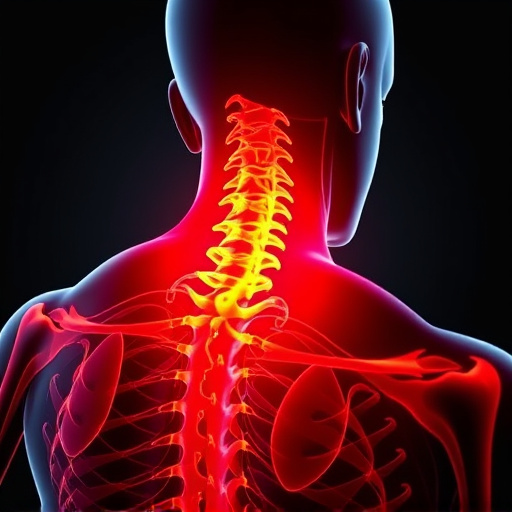Before launching promotional materials campaigns, set clear objectives and define measurable KPIs to align efforts with business goals. Track usage, reach, and conversion rates using analytics tools to evaluate effectiveness. Analyze conversion rates, assess long-term effects like brand recall, and monitor sales trends for sustained ROI.
Measuring the return on investment (ROI) of promotional materials campaigns is crucial for understanding their effectiveness. This article guides you through a strategic framework to evaluate the success of your promotional efforts. We’ll delve into defining clear campaign objectives and establishing Key Performance Indicators (KPIs). Then, discover how to track usage, measure reach, analyze conversion rates, and assess long-term impact. By mastering these steps, you can optimize promotional materials for maximum ROI and business growth.
- Define Campaign Objectives and Key Performance Indicators (KPIs)
- Track and Measure Promotional Material Usage and Reach
- Analyze Conversion Rates and Long-Term Impact
Define Campaign Objectives and Key Performance Indicators (KPIs)

Before launching any promotional materials campaign, it’s crucial to define clear objectives and establish measurable Key Performance Indicators (KPIs). This strategic step ensures that your efforts align with tangible business goals. For example, if you’re promoting premium automotive services, KPIs might include website traffic from targeted campaigns or the number of new leads generated through specific promotional materials, such as flyers or social media posts about a ceramic coating or paint protection film service.
Defining objectives and KPIs helps in navigating the campaign’s success and identifying areas for improvement. By setting measurable goals, you can track the effectiveness of your promotional materials—whether it’s increasing brand awareness, driving sales, or encouraging specific actions like scheduling an appointment for a free ceramic coating estimate—and make data-driven adjustments to optimize results.
Track and Measure Promotional Material Usage and Reach

Tracking and measuring the usage and reach of promotional materials is a vital step in evaluating their effectiveness. Start by collecting data on how many materials have been distributed across various channels. This includes counting brochures, flyers, or even digital downloads. For physical promotional items like apparel, track the number given away and monitor their movement to gauge their visibility.
Additionally, leverage analytics tools to quantify the impact of your promotional efforts. Analyze website traffic during and after campaigns, especially if you’ve utilized digital promotional materials. Measure engagement on social media platforms post-campaign, as this can indicate the reach and resonance of your message. For tangible items like vehicle wraps or protective coatings, consider feedback from customers and track conversions to understand how these promotions influence sales and brand awareness.
Analyze Conversion Rates and Long-Term Impact

Analyzing conversion rates is a crucial step in understanding the effectiveness of promotional materials campaigns. By tracking how many potential customers take the desired action after encountering your marketing pieces—whether it’s making a purchase, signing up for a newsletter, or requesting more information—you gain valuable insights into their impact. High conversion rates indicate that your promotional materials are successfully engaging and converting leads.
Looking beyond immediate results, assessing the long-term impact is equally important. Promotional materials, especially those showcasing services like paint correction or automotive detailing, often have a lasting impression. Custom graphics on vehicles or other products can foster brand recall and loyalty over time. Monitoring sales trends, repeat customer engagement, and long-term brand association helps in gauging the sustained ROI of your promotional campaign.
Measuring the ROI of promotional materials campaigns is a critical step in understanding their effectiveness. By defining clear objectives, tracking usage and reach, and analyzing conversion rates, businesses can gain valuable insights into which promotional strategies drive the most value. This data-driven approach allows for informed decisions, optimizing marketing budgets and ensuring promotional materials align with overall business goals. Ultimately, by quantifying the impact of these campaigns, companies can justify investments in promotional efforts and achieve a competitive edge in today’s market.














